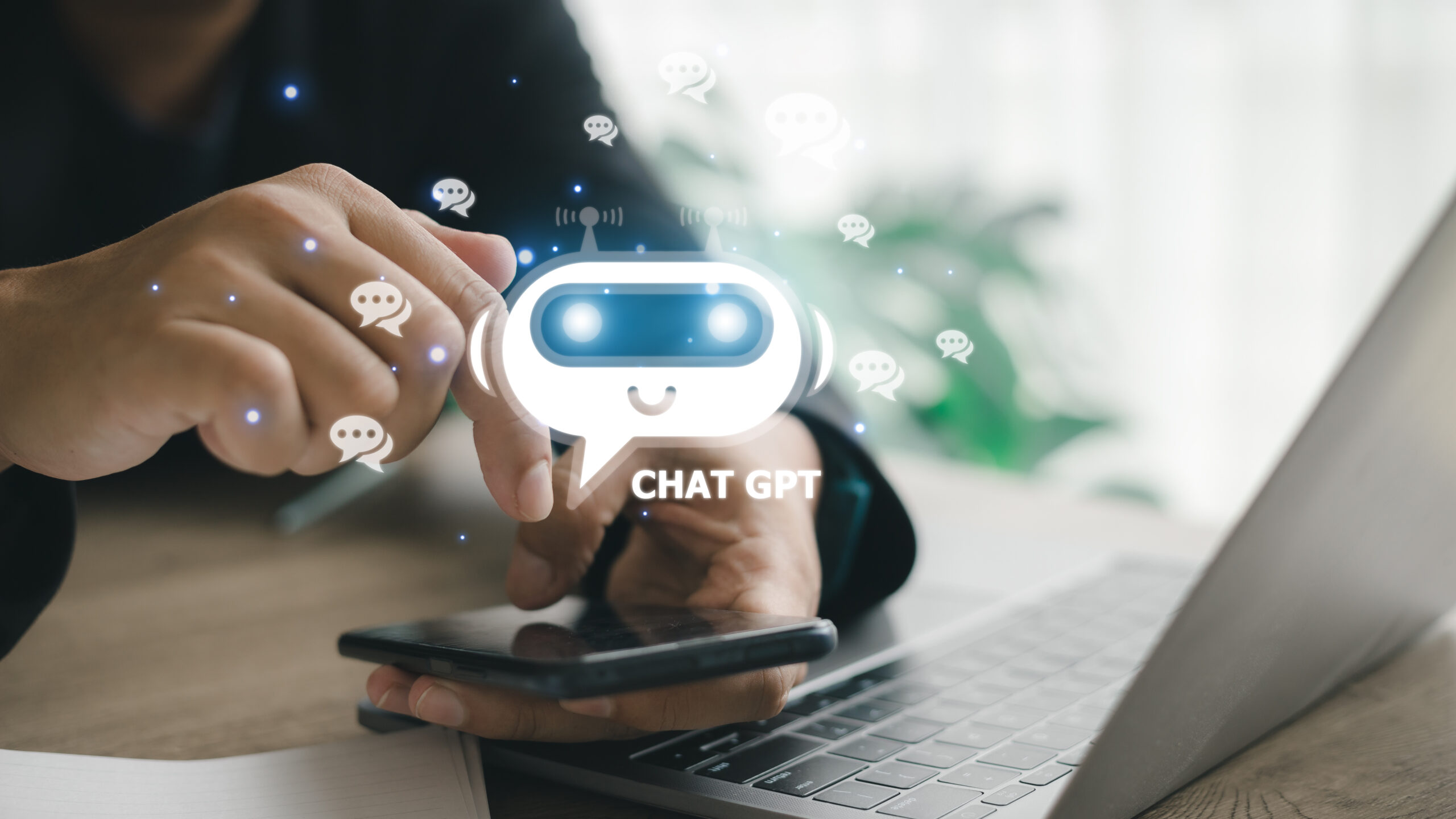ChatGPT: Understanding the AI-powered chatbots
Chatbots powered by AI grew in popularity in recent years, with many organizations using them to improve customer service and engagement. But what are chatbots and how do they function? In this blog post, we’ll discuss AI-powered chatbots, their advantages and disadvantages, and how they’re employed in various industries.
Let us start with a brief backstory about chatbots. The when and how!
Chatbots have been around since the 1960s when natural language processing (NLP) was established. Chatbots are now powered by advanced AI algorithms that understand natural language inquiries and provide customized responses. They are frequently utilized in industries such as customer service, e-commerce, healthcare, and finance, among others, and have developed over time as AI technology has advanced. Chatbots are projected to grow smarter and more capable of offering consumers more efficient and tailored help as AI advances.
That is great, but what is an AI-powered chatbot?
AI-powered chatbots are computer programs that use artificial intelligence and natural language processing to understand and respond to human queries. These chatbots mimic human conversation, allowing users to interact with them in a more natural way than with traditional computer interfaces.
How does it work?
AI-powered chatbots rely on machine learning algorithms to understand and respond to user queries. These algorithms analyze user input and use natural language processing techniques to identify keywords and phrases. The chatbot then uses this information to generate an appropriate response. This is either by applying pre-defined templates or by generating an individual response based on the context of the user’s query.
Now we dive deeper into AI-powered chatbots, and we will list “some” of their benefits for businesses.
Improved customer service: One of the primary benefits of AI-powered chatbots is 24/7 customer support. This means that customers can get help whenever they need it, regardless of day or night. Additionally, chatbots can quickly and efficiently resolve customer inquiries, freeing up human customer service representatives to handle more complex issues. This leads to an overall improvement in customer service, as customers get the help they need quickly and efficiently.
Cost savings: Another significant benefit of AI-powered chatbots is that they reduce human customer service representatives. This can result in significant cost savings for businesses, as they no longer need to pay salaries, benefits, and other associated costs for a large team of customer service representatives. Additionally, chatbots can handle large numbers of inquiries simultaneously. This means businesses can serve a broader customer base without hiring more staff.
Personalization: Data analytics can be used by AI-powered chatbots to deliver customized suggestions and help to clients. This means that chatbots can examine information such as a customer’s previous purchases, browsing history, and other interactions with the company. This will allow them to provide personalized advice and assistance. This improves the consumer experience and can lead to stronger customer relationships.
Scalability: Chatbots are highly scalable, making them an excellent alternative for enterprises with huge customer volumes. Chatbots can handle a high volume of consumer questions at the same time, allowing businesses to service more customers without recruiting additional workers. This scalability also implies that chatbots can handle unexpected spikes in client traffic, such as during the holiday shopping season, easily.
Aside from the benefits, there there are some drawbacks.
Lack of empathy: One of the potential drawbacks of AI-powered chatbots is their limited ability to understand customers’ emotional needs. Chatbots are programmed to respond to specific keywords and phrases, but they may not recognize the tone or emotion behind a customer’s message. As a result, chatbots may provide unsatisfactory responses to customers experiencing complex or emotional issues. This can lead to frustration or dissatisfaction with the service.
Limited understanding: Another potential drawback of AI-powered chatbots is their limited ability to recognize complex or ambiguous queries. Chatbots rely on machine learning algorithms to analyze user input and generate responses, which means they may struggle to understand complex queries. For example, a chatbot may have difficulty understanding a customer’s request if it contains typos, misspellings, or grammatical errors. This can lead to incorrect or irrelevant responses, which can also lead to customer frustration.
Security concerns: AI-powered chatbots may also be vulnerable to cyberattacks, which can compromise sensitive customer data. Hackers can exploit vulnerabilities in chatbot software to gain access to customer information, such as personal data, credit card details, and login credentials. Additionally, chatbots may be targeted by phishing attacks. This is where hackers try to trick users into providing sensitive information by impersonating the chatbot or the business it represents. To mitigate these risks, businesses must ensure that their chatbot software is secure and regularly updated to address any vulnerabilities.
Implementation challenges: Implementing an AI-powered chatbot can be challenging and requires significant resources and expertise. Developing a chatbot requires specialized skills in natural language processing, machine learning, and software development. Businesses must also ensure that their chatbot is properly integrated with their existing systems and workflows, which can be a complex process. Once the chatbot is deployed, it may necessitate ongoing maintenance and updates to ensure its effectiveness and provide a positive customer experience.
Use cases for AI-powered chatbots
To simplify it, chatbots can be applied to a wide range of industries and use cases. They provide fast, efficient, and personalized support to customers while freeing up human resources to handle more complex tasks, for example:
E-commerce: Chatbots can assist customers with online shopping by helping them find products, make purchases, and track orders. Customers can ask the chatbot for recommendations based on their preferences or search for products using natural language queries. Chatbots can also provide personalized promotions and discounts to customers based on their past purchases.
Healthcare: Chatbots can assist patients with basic health inquiries, such as symptoms of common illnesses and advice on healthy living. They can also provide medication reminders to help patients manage their prescriptions. Chatbots can also help healthcare providers streamline administrative tasks, such as appointment scheduling and patient registration.
Banking: Chatbots can assist customers with account management tasks, such as checking account balances, transferring funds, and paying bills. They can also provide financial advice, such as investment recommendations and retirement planning. Chatbots can also help banks detect and prevent fraud by analyzing transaction data and flagging suspicious activity.
AI-powered chatbots offer a wide range of benefits for businesses and consumers alike, including improved customer service, cost savings, and personalization. However, they also have limitations and potential drawbacks that must be considered. As chatbot technology evolves quickly, it is likely that we will see more sophisticated and capable chatbots in the future. As the world is evolving, so are the technologies we are using for our businesses. Send us a DM us to tell you more about it.
Recommended Reads: The Metaverse and Web3: Are They Just Hype or the Future of the Internet? (betterflylb.com)






















